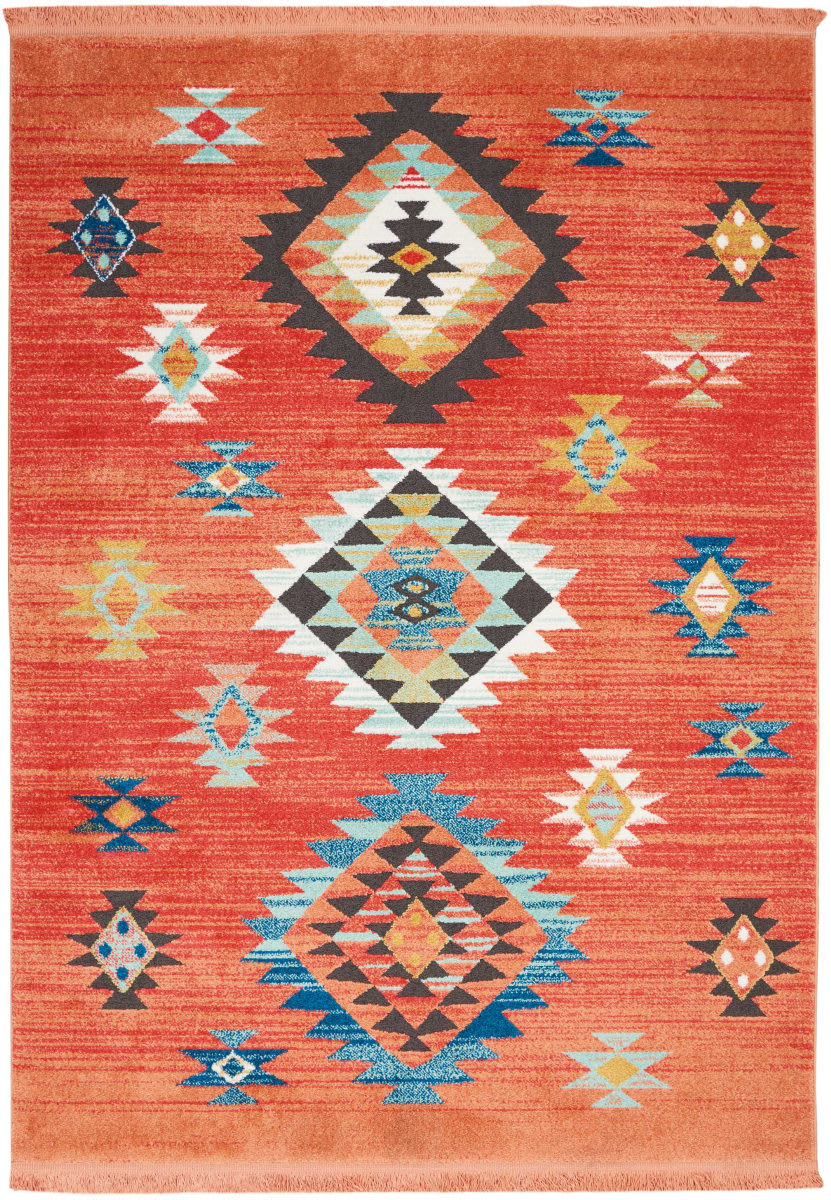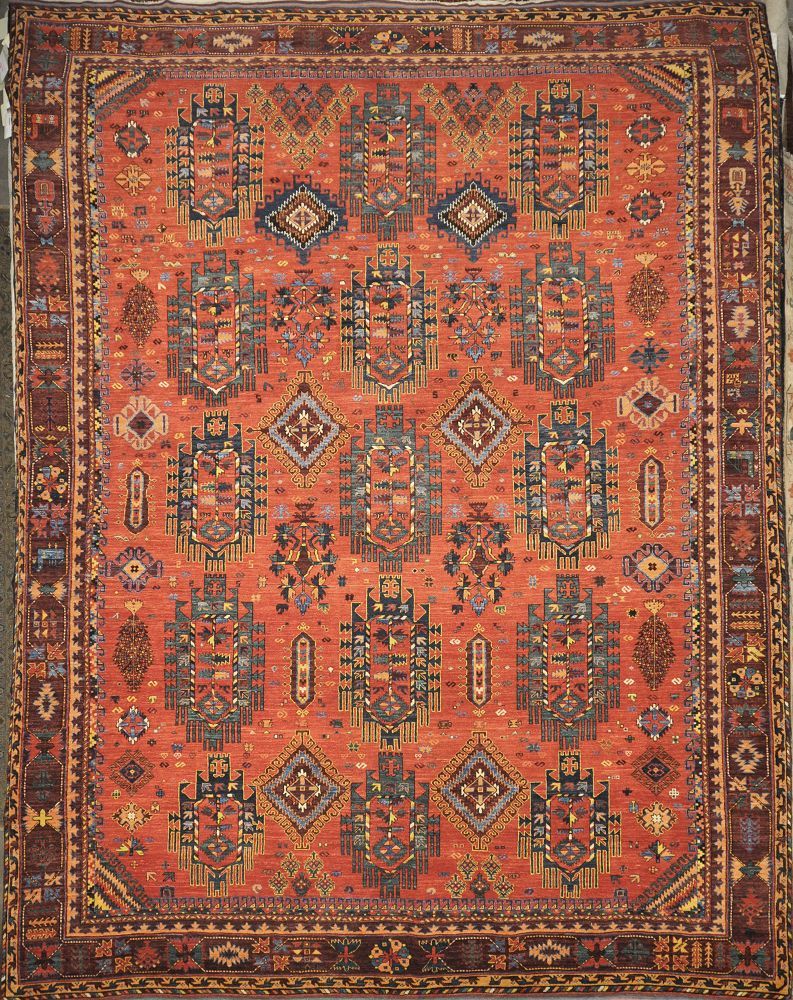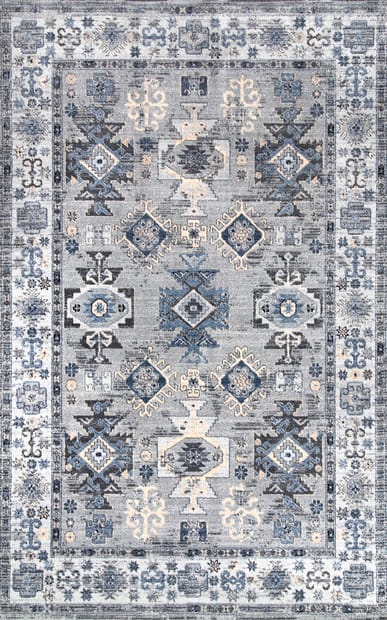Rumored Buzz on Tribal Rugs
All About Tribal Rugs
Table of ContentsThe Basic Principles Of Tribal Persian Rugs The Best Strategy To Use For Tribal Rugs 8x10The 30-Second Trick For Tribal RugsThe Tribal Rugs 8x10 Statements
Several people as well as Ethnic groups comprise individuals who have actually historically resided in the area of modern Turkey, but they have the typical characteristic of a lengthy background of rug weaving and fabric weaving. Turkish tribes individuals used carpets as well as textiles in the assembly of their outdoors tents and also houses, to cover floorings, in addition to defense against the cold.The word/ term "tribal" is one of the terms that is regularly applied to antique oriental rugs. The term "tribal" has a tendency to stimulate a wide variety feelings and concourse up visual organizations. Many of the much more primitive tribal rugs were woven by individuals in a tribal social company. Greater than likely, these weavers were tent residence wanderers, relocating from area to place with the herds of lamb and goats that gave the wool for the carpets.

Typically, nomadic peoples chose to invest the warmer part of the year in encampments while retiring to irreversible inactive homes for the winter season. None of this had any type of effect on the rugs they wove, at least in terms of style. However it possibly did influence the size of the carpetings they generated.
Tribal Persian Rugs for Beginners
Such carpets have long been considered the earliest and most authentic Turkoman carpetings - tribal rugs for sale. Antique Tribal Central Aisian Rug, Yet in the midst of reconstructing a traditional Turkoman yurt or tent for an exhibition some years back, the curators were rather interrupted to discover that the Salor main carpeting they wished to utilize was so big that it merely would not fit inside the camping tent.
The recent research studies of Jon Thompson and others have revealed that lots of Turkoman layouts or motifs originate from the repertory of sophisticated Islamic textiles or rugs. The Turkoman rugs showing the earliest form of such themes, those associated to the eighteenth or seventeenth centuries, end up to have cotton in their structures, and/or they address have actually destructive colored brownish details in place of the much more basic all-natural brown woollen detailing of Turkoman carpets.
The analysis of both the wool, which is that of neighborhood sheep, as well as the red dye, which is Polish lac, recommend a north, nomadic beginning. But a number of the themes in the rug and the excellence of the weave reveals the clear impact of Persian court fabrics, examples of which were uncovered in the other tombs at Pazyryk.
When it comes to the idea that tribal pieces were also made mainly for neighborhood residential intake instead of commercial export like city rugs, there too, the case is oversimplified or overemphasized. Clearly tent bands, wall surface bags, and wedding trappings etc were produced neighborhood interior consumption. That never ever prevented the possibility of offering pieces when and also if it confirmed beneficial to do so.
Tribal Area Rugs Can Be Fun For Everyone
It is additionally clear that carpets were woven in town tribal or nomadic setups just to be marketed, and also that the weaver strove to generate or adapt what she recognized would certainly for one factor or an additional be profitable. Nor is it likely that this only occurred in a "industrial" duration after the nomadic or tribal lifestyle started to decrease.


Yet therein lies the distinctive power of the tribal weaver her ability not just to take in advanced suggestions from exotic resources, yet additionally to transform as well as internalize them, to make them into something strikingly brand-new as well as exciting, and also to pass this trans developmental power on to succeeding generations of weavers (tribal area rugs).
The Basic Principles Of Tribal Rugs 8x10
The term "nomadic" is frequently run into in the rug world to distinguish weavings that were produced by the nomadic peoples of Central and Western Asia as opposed to the woven manufacturings of metropolitan. This distinction operates numerous levels. Initially it merely identifies weavings that were generated by straying, tent-dwelling peoples with a nomadic way of living, economic climate, as well as social organization, as opposed to those living in settled town or urban scenarios.